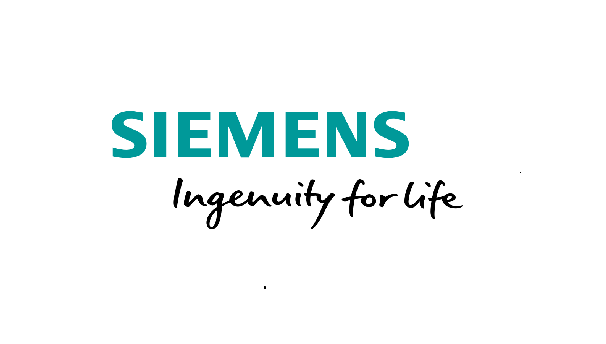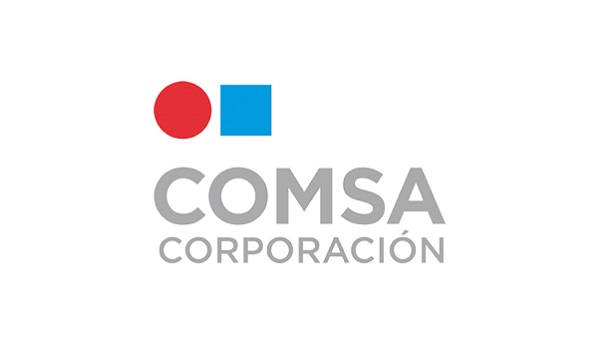
Most people are familiar with Valencia’s Metro without even knowing it. The world-renowned Spanish architect, Sergio Caltrava - whose signature style has become emblematic of the regeneration of countless cities over the past 20 years - is a son of Valencia. Arguably his most famous design is that of the Alameda bridge and Metrovalencia subway station, all managed by its parent company, Ferrocarrils de la Generalitat Valenciana (FGV).
Totalling over 150 kilometres of track, Metrovalencia makes the city of Valencia, with a population of less than 800,000 people, one of the best equipped in the world for transport infrastructure. Likewise, when the number of annual trips are compared to the local population, it is also one of the world’s most utilized systems. It’s fair to say that it has become a fabric of the city that it serves. Business Excellence decided to take a closer look at the metro system for Spain’s third largest city.
Overview of Operation
Metrovalencia forms the major part of a multi-modal transport system that travesses the city of Valencia. Its operations consist of a combination of metro, light rail, and some overground trams. Around 15% of the system’s total rail lines (or just over 25 kilometres) are underground. The system takes in a total of 138 stations, 35 of which are underground, and has just over 108 carriage of rolling stock.
In total, Metrovalencia has 9 lines, with lines 7 and 9 being created through the splitting of existing branch lines, and adding short extensions. These were the last pieces of track added to the system, and will soon be joined by line 10, more of which later. The system has a total of five unmanned stations. The rolling stock is a combination of electric and diesel-electric hybrids, with newer lines all being fully electric.
Safe Transportation (Covid 19 initiatives)
Like any transport provider, the Covid-19 pandemic has significantly impacted the day-to-day operations of FGV. The story is easily told through looking at its passenger numbers. In 2019, FGV made 81 million passenger journeys. In 2020, that figure fell to 44 million. The mere fact that it was able to provide so many journeys in 2020 is testament to the safety measures taken by FGV to ensure that frontline workers could get to and from work unimpeded.
This started with mandatory protective masks being worn by everyone within trains, stations, and TRAM d’Alacant facilities. Every station is now equipped with mask dispensing machines, where passengers can buy protective masks for a nominal fee. All station lobbies also feature hydroalcoholic gel dispensers, and every three minutes, the air is completely renewed inside all of the company’s units. Finally, the company committed to stepping up its cleaning and disinfection of the rolling stock over the past year and will also begin replacing all of the seat upholstery in H2 2021.
Current Projects
Works for Line 10, first proposed in 2011, are already underway. When finished the new line will link Calle Alicante in downtown Valencia with the Nazareth neighbourhood. The total investment is estimated at approximately 50 million euro and is funded by the regional government and the European Union Regional Development Fund. The line will comprise 5.3 kilometres of track (2 km of which will be underground), and 8 stations.
Elsewhere, older lines are currently undergoing a series of renovations. Most notably, this includes the reopening of Aliginet Station, a century-old station which has been closed for more than three years. Metrovalencia parent company FGV has hired contractors to undertake work on the building’s roof and bring its safety and accessibility features into the 21st century. FGV’s total investment in the renovation project is in the region of 220,000 euro.
The renovation of Alinginet is just one of a few renovation projects underway on Line 1. An 18 million euro renovation project, being carried out by local contrats Lantania and COMSA, is also in the works. The focus of these works is the replacement of the existing turnarouts with their drives and modifications of interlocks and centralized traffic control systems (CTC), owing to some changes in track configurations at stations along the line.
Supply Partners
In the 33 years since its foundation, Metrovalencia has built a strong network of partners and suppliers that enable it to deliver world class transport services to the people of Valencia. These include well-known international names in transport such as Siemens Mobility, but also a broad catalogue of local service providers.
Of these, construction, engineering, and maintenance works are carried out by Sociedad Iberica de Construcciones Eléctricas, Tecsa, Semi SA, Comsa (currently working on Line 1 renovation works), TPF Getinsa, and Civil de Construcción Mantenimientos y Servicios. Services dedicated to transport are provided by the likes of Faiveley Transport Iberica, PM Trans Europe, Meco Service, Knorr-Bremse, and CPS Infraestructuras Movilidad y Medio Ambiente.
Auxiliary services such as co communications are taken care of by Dimension Data Communications and Adesal. TKE ensures that the hundreds of escalators and elevators within the metro system are operating at all times, while last but not least, Garda Servicios de Seguridad provides safety in each of the system’s stations and carriages.
Plans for the Future
Metrovalencia will play a pivotal role in Valencia’s post-Covid 19 recovery. As vaccines are rolled out, we can expect to see a return to some normality in the second half of 2021, at which time many of the renovation works currently underway on the metro system will already be complete. Line 10 is on schedule to be completed by 2023, and will provide further connectivity between the city centre and Valencia’s suburbs.
In the future, two new lines - Line 11 and Line 12 - are proposed. As recently as March 2021, FGV noted that work on Line 11 could theoretically begin as soon as works on Line 10 were complete. Few cities of Valencia’s size can lay claim to such an impressive transport infrastructure. In a little over 30 years, Metrovalencia, like Valencia’s most famous architect, Sergio Calatrava, has become a symbol of the city, its people, and its modernity.
DOWNLOAD
 ValenciaMetro-Aug2021.pdf
ValenciaMetro-Aug2021.pdf














